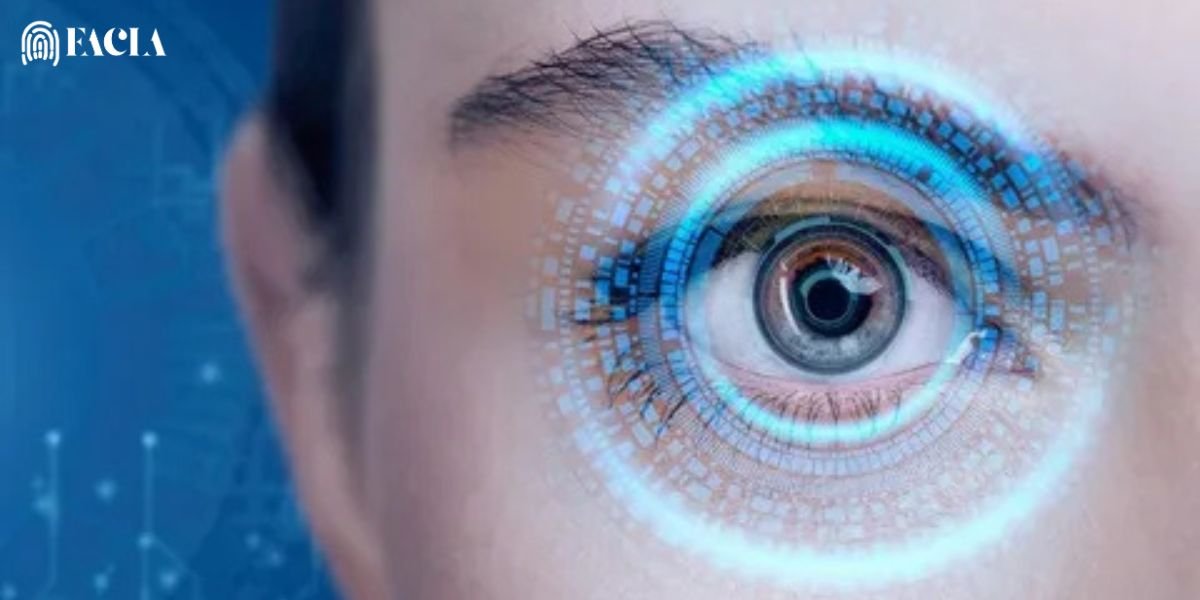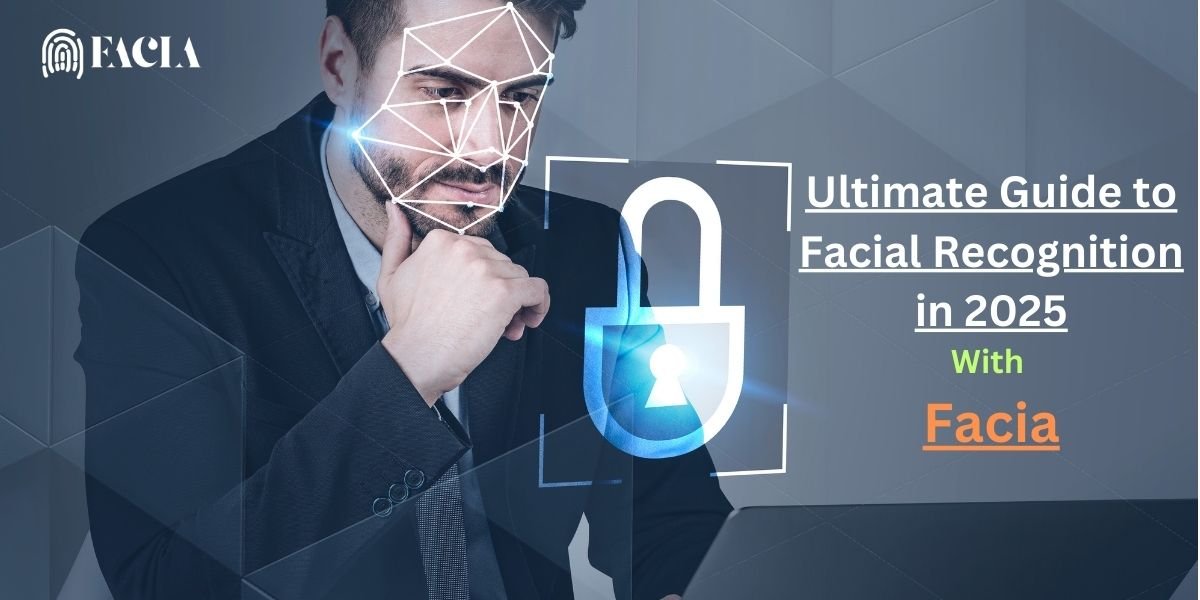Introduction to Iris Recognition
Iris recognition is a biometric identification method that analyzes the unique patterns of the iris to verify an individual’s identity. Due to its high accuracy and resistance to Fraud, it has been widely used in security applications, border control, and national identification systems. Unlike fingerprints, which can wear out over time, the iris remains stable throughout an individual’s lifetime, making it a preferred biometric identifier.
However, various factors can impact iris recognition accuracy, including lighting conditions, occlusions, and physiological changes. One lesser-explored factor is the influence of alcohol consumption on iris recognition performance. Recent research has investigated how alcohol affects iris pattern stability and its implications for biometric security.
Effects of Alcohol on Iris Recognition
Alcohol consumption can cause significant physiological changes, particularly in the eyes. The pupil may dilate (enlarge) or constrict (shrink) based on alcohol levels in the bloodstream. This pupil size variation alters the shape of the iris, which can affect the performance of iris recognition systems.
A study conducted by researchers at IIIT Delhi examined iris recognition under alcohol influence. The study focused on whether images taken before and after alcohol consumption could be reliably matched using existing Iris Recognition Technology. The research highlighted that pupil dilation and constriction due to alcohol consumption introduce distortions in iris patterns, potentially leading to recognition failures.
Study Findings: Alcohol Influence on Iris Pattern
The study involved collecting an iris image database, known as the “IIITD Iris Under Alcohol Influence” dataset. The dataset was created by capturing iris images of 55 subjects before and after consuming approximately 200 ml of alcohol (with 42% concentration). Key findings include:
- Pupil Size Variability: About 51% of subjects exhibited pupil dilation after alcohol consumption, while 49% showed constriction.
- Iris Pattern Distortion: Due to pupil size changes, the match score between pre-alcohol and post-alcohol iris images was significantly affected.
- Performance Degradation: The overlap between genuine and impostor match scores increased by approximately 20%, leading to a higher chance of misidentification.
- Recognition Failure Rate: In nearly one in five cases, individuals under alcohol influence could evade accurate identification by iris recognition systems.
These findings indicate that alcohol-induced changes in iris patterns can pose challenges for biometric security systems, especially in law enforcement and border control applications.
Challenges and Implications for Security
The degradation of iris recognition accuracy under alcohol influence raises important concerns for biometric security. Some of the key challenges include:
- False Rejections: Individuals may be falsely rejected from secure systems if their iris patterns are distorted due to alcohol consumption.
- Security Vulnerabilities: Malicious actors could potentially use alcohol as a means to evade identification in security-sensitive environments.
- Database Limitations: Current iris recognition databases lack sufficient samples of alcohol-influenced images, making it difficult to train systems to compensate for such variations.
- Need for Adaptive Algorithms: Standard iris recognition algorithms do not account for physiological changes caused by alcohol, necessitating the development of more robust techniques.
Future Research Directions
To mitigate the impact of alcohol consumption on iris recognition, researchers propose several future directions:
- Developing Robust Algorithms: Enhancing iris recognition algorithms to accommodate pupil dilation/constriction and other physiological variations.
- Expanding Training Data: Building larger datasets that include iris images captured under various conditions, including alcohol influence, to improve model adaptability.
- Fitness-for-Duty Assessment: Incorporating iris-based alcohol detection as part of pre-screening procedures for security-sensitive jobs, such as airline pilots and law enforcement officers.
- Real-Time Monitoring Systems: Implementing biometric solutions that can detect alcohol influence in real-time to prevent unauthorized access to restricted areas.
Conclusion
The impact of alcohol on iris recognition presents a new challenge in the field of biometric security. While iris recognition remains one of the most reliable biometric authentication methods, alcohol-induced physiological changes can hinder its effectiveness. By addressing these challenges through advanced algorithms, expanded datasets, and real-time monitoring, researchers and security professionals can enhance the resilience of iris recognition systems in diverse real-world scenarios.
Read More:





